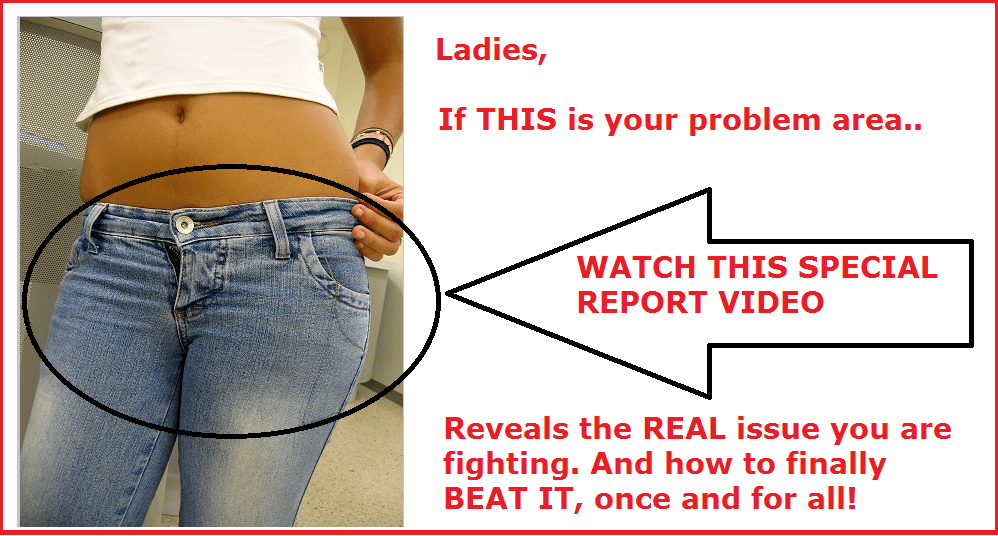How Many Calories To Lose Weight! How Many Calories Should I Eat A Day!
Follow Us On Facebook:
So, you want to lose weight by cutting down your calorie intake? However, you’re at crossroads because you don’t know how many calories that’s needed to lose weight. One thing you need to understand is that every woman has different calorie needs that varies according to body size, age, activity level, and genetics. This means that a particular weight loss diet that worked for someone else might not work for you.
For effective weight loss, you’ll have to estimate the number of calories you personally need to eat in a day to lose weight and then apply that to your diet plan.
Calculating your Calories Per Day
The Harris-Benedict equation can help you estimate your basal metabolic rate (BMR), which is the number of calories you need to maintain your weight on a daily basis regardless of exercise or other daily activity. A lot of online calculators make use of this equation to provide you with a quick answer, however you can put pen to paper and figure it out for yourself. Put your numbers into the following:
655 + (4.35 x your weight in pounds) + (4.7 x your height in inches) – (4.7 x your age in years). For example, the result for a 40-year-old, who is 5-foot, 5 inch and weighs 160 pounds, will be 1,468 calories.
The next thing would be to keep track of the movements you make during the day. If you’re not an active person and you spend most of your time watching television, reading or just sitting then multiply your basal metabolic rate by 1.4. If you’re a little bit active, maybe you’ve a job that requires you to sit throughout the day, but you do exercise whenever you get the chance, multiply your BMR by 1.5. On the other hand, if you engage in active activities during the day like house cleaning and chores, and still exercise on regular basis, then multiply your BMR by 1.6. If you’re a construction worker, a full-time athlete or an active military, multiply your BMR by 1.9.
Figuring out Weight Loss Calories
The provided calculations are meant to help you with the estimation of the number of calories you need to burn on a daily basis, as well as how much to eat to keep your weight in check. The conventional advice when trying to lose weight is to reduce 500 to 1000 calories from what you normally burn daily. This will yield a manageable loss of 1 to 2 pounds in a week because 1 pound equals 3,500 calories. Therefore, if you decide to be burning 2,400 calories every single day, you’ll need 1,400 to 1,900 calories each day in order to lose weight.
The 500 to 1000 calorie deficit may be just too aggressive for some people because it will end up leaving you hungry and dissatisfied. Even though a calorie deficit of 250 to 300 calories may be more sustainable for many people, you can only expect to lose ½ pound each week.
Music: Carefree Ukulele – guitarsstate licensed from audiojungle
Our sponsor:
 Click Here to go directly to the video for Women
Click Here to go directly to the video for Women
Please visit our sponsor:
Be sure to check back Soon. New videos added daily. Get the best tips, tricks and techniques for losing weight.Find some that work for you, and feel great.
Follow Us On Facebook:
So, you want to lose weight by cutting down your calorie intake? However, you’re at crossroads because you don’t know how many calories that’s needed to lose weight. One thing you need to understand is that every woman has different calorie needs that varies according to body size, age, activity level, and genetics. This means that a particular weight loss diet that worked for someone else might not work for you.
For effective weight loss, you’ll have to estimate the number of calories you personally need to eat in a day to lose weight and then apply that to your diet plan.
Calculating your Calories Per Day
The Harris-Benedict equation can help you estimate your basal metabolic rate (BMR), which is the number of calories you need to maintain your weight on a daily basis regardless of exercise or other daily activity. A lot of online calculators make use of this equation to provide you with a quick answer, however you can put pen to paper and figure it out for yourself. Put your numbers into the following:
655 + (4.35 x your weight in pounds) + (4.7 x your height in inches) – (4.7 x your age in years). For example, the result for a 40-year-old, who is 5-foot, 5 inch and weighs 160 pounds, will be 1,468 calories.
The next thing would be to keep track of the movements you make during the day. If you’re not an active person and you spend most of your time watching television, reading or just sitting then multiply your basal metabolic rate by 1.4. If you’re a little bit active, maybe you’ve a job that requires you to sit throughout the day, but you do exercise whenever you get the chance, multiply your BMR by 1.5. On the other hand, if you engage in active activities during the day like house cleaning and chores, and still exercise on regular basis, then multiply your BMR by 1.6. If you’re a construction worker, a full-time athlete or an active military, multiply your BMR by 1.9.
Figuring out Weight Loss Calories
The provided calculations are meant to help you with the estimation of the number of calories you need to burn on a daily basis, as well as how much to eat to keep your weight in check. The conventional advice when trying to lose weight is to reduce 500 to 1000 calories from what you normally burn daily. This will yield a manageable loss of 1 to 2 pounds in a week because 1 pound equals 3,500 calories. Therefore, if you decide to be burning 2,400 calories every single day, you’ll need 1,400 to 1,900 calories each day in order to lose weight.
The 500 to 1000 calorie deficit may be just too aggressive for some people because it will end up leaving you hungry and dissatisfied. Even though a calorie deficit of 250 to 300 calories may be more sustainable for many people, you can only expect to lose ½ pound each week.
Music: Carefree Ukulele – guitarsstate licensed from audiojungle

